Uganda Birding Photography | Bird Watching Photos | Wildlife and Scenery
This tour is set to cover the unique habitats of the western part of East Africa. These habitats are home to the region’s most unique and restricted-range species. We intend to cover the great Albertine rift for the montane forests birds and other wildlife, the mid elevation birds at Budongo plus the open and woodland country ones at Lake Mburo, Bwindi Impenetrable, Queen Elizabeth and Murchison Falls National Parks. Although, there will be montane habitat coverage, the pace should be generally easy.
Detailed Uganda Birding & Wildlife Photography Itinerary
DAY 1 : Arrival at Entebbe International Airport & the Hotel
Arrive at Entebbe International Airport meet and greet Kenneth Tumusiime and thereafter transfer to the Hotel in Entebbe at Lake Heights Hotel Entebbe for overnight, if there is time hopefully drive to Entebbe Botanical gardens, Birding here is excellent with rich water birds, Raptors and some forest edge birds, being just at the shores of Lake Victoria this place is rich with several Turacoos such as Ross’s Turacoo, Great Blue Turacoo, Eastern Grey Plantain eaters, Grey-headed Kingfisher, Malachite Kingfisher, Pied Kingfisher, Goliath heron, Grey heron, Great white egret, cattle egret, Egyptian goose, African fish Eagle, African Thrush, Grey Parrot, several sunbirds, etc. After birding experience drive back to the hotel for overnight and have dinner. It is a good place for urban birding you may catch some interesting birds.
Day 2: Transfer to Lake Mburo National Park & Birding En-route
Pick from Entebbe International Airport and transfer to Lake Mburo National Park, with stop over at the equator then proceed through Masaka but stop over for lunch at a selected restaurant or hotel. This drive is a memorable one with a fantastic view of the dry rolling hills of Ankole with their signature long horned cattle just besides the roads.
Water Experiment at Equator Crossing Line at Kayabwe
The first stop over will be at the Equator, where a few experiments will be done some of which include; stepping one foot in the southern hemisphere and another foot in the northern hemisphere; then we repeat the water experiment, as you drive through this region, you will be amazed and impressed by the remarkable scenery that unfolds in sight.
Evening Game Drive in Lake Mburo National Park
Enjoy the evening Game drive for the best wildlife safari experience and photography in this sculptured landscape, rolling hills, rock outcrops, and open wooded savanna. The expected animals include: Zebras, Impalas, Elands, Topis, Giraffes, Waterbucks, Klipspringers, Velvet Monkeys, Buffalos, Warthogs, Baboons, and several bird species such as Grey crown crane, ring-necked dove, hammerkop, African Jacana, Piapiacs, Fork-tailed drongo, greater blue-eared starling, Ruppel long-tailed starling, saddle-billed stork, spotted morning thrush, black-headed Gonolek, black-headed heron etc. This park alone has 332 known bird species, and 69 species of mammals. After wards, drive to the lodge to check in for an overnight. Enjoy the evening Game drive for the best wildlife safari experience in this sculptured landscape, rolling hills, rock outcrops, and open wooded savanna. The expected animals include: Zebras, Impalas, Elands, Topis, Giraffes, Waterbucks, Kipsringers, Velvet Monkeys, Buffalos, Warthogs, Baboons, and several bird species. This park alone has 332 known bird species, and 69 species of mammals. After wards, drive to the lodge to check in for an overnight.
Day 3: Morning Game Drive in Lake Mburo national Park
After breakfast, drive to the park for the excellent wildlife photographs and the compact jewel. There are well presented wildlife at only 370Kms2. The park is small compared to other savanna national parks in Uganda. Being a home to surprising wildlife such as Impalas, waterbuck, bushbuck, warthog, baboons, vervet monkeys, Common Elands, Zebras, Topis, Buffaloes, Klipsringers, and many colorful birds such as black-headed gonolek, grey-headed kingfishers and may others, and the only national park in Uganda that has Impalas, you enjoy the beauty of these whispers of the wild. After game drive, return to the lodge for lunch.
Afternoon Boat Cruise in Lake Mburo National Park
The boat moves along the shores of Lake Mburo as you sit back ready with your camera to photograph the gifting wildlife. This trip is two hours and very engaging especially when you spot Crocodiles and Hippos. You can also spot herons, African Fish Eagles, Pelicans, and perhaps the African Fin Foot and the Shoebill the sought after bird by bird watchers. After wards, proceed for the late evening game drive will give you an opportunity to explore and photograph the attractions of this whispers of the wild in its natural state for the best memorable eye to eye wildlife in Uganda, birding experience is great where you will be able to see birds such as African hoopoe, Black-headed gonolek, Veraux Eagle Owl, Saddle-billed stork, Greater blue-eared starling, double-toothed barbet, Hammerkop. Afterwards return to the lodge for overnight.
Day 4: Transfer to Bwindi Impenetrable National Park & Birding En-route
Transfer to Bwindi Impenetrable national Park after early morning with stopover for birding en-route birds expected to be seen here includes; Speckled dove, eastern grey plantain eater, secret Ibis, black-headed heron, black kite, grey parrot, village weave, long-tailed purple starling, broad-billed roller enjoy the breath taking scenery of the green terraced hills and snake like roads of this Region, the drive along this route is amazing and impressive by the remarkable scenery that unfolds in sight. The terraced hills gradually give way to the cascading hills that seem never to end on these snake like roads which will definitely impress you as you drive through this region of Kigezi You also enjoy the cold interior with spectacular Tea Plantations could also be good spot for birding.
After Lunch at selected Tourist Hotel/Restaurant proceed to Bwindi Impenetrable National Park which is famously known as Africa’s number one birding spot. Sometimes, the Grey-capped Warbler, Dusky-brown Flycatcher, White-necked Raven and Straw-colored Fruit Bats around the parking lot attract your attention before you depart. Driving through Kisoro town, you will possibly see the huge-billed White-necked Raven; this is a cool-looking raven for sure; they have this very huge and thick-looking bill on your way to Bwindi Impenetrable possibly do a few stops to look for Albertine Sooty Boubou, Rwenzori and Black-faced Apalises. We also hope to get better looks at the Mountain Yellow Warbler, Banded Prinia individuals as they skulk in the undergrowth, White-browed Crombec, Brown-capped and the endemic Strange Weaver, Northern Puff-back, Mountain Illadopsis, Red-throated Alethe, Doherty’s and Lagden’s Bush-shrikes and many more to richen our list endemics list, Common Waxbill, Grey-crowned Crane. When we enter Bwindi Impenetrable forest, we shall stop to look for Doherty’s Bush-shrike and Barred Long-tailed Cuckoo to add on the list.
DAY 5: Gorilla Trekking in Bwindi Impenetrable National Park Uganda
After early morning breakfast drive to the briefing point with your packed lunch, this is usually a big day, we anticipate for the big one! Mountain gorilla trekking is such a highlight even on birding tours. After breakfast, you will go to the information office for a proper briefing on how to behave amidst Mountain Gorillas and family allocation.
This activity may take anywhere between an hour to eight, so a reasonable degree of fitness is required. It is a beautiful experience to stare into the eyes of these gentle giants; watch them in awe as they play and go about their daily activities. It is indeed a “once in a lifetime” experience that will linger. Each encounter is different and has its rewards, but you are likely to enjoy the close view of adults feeding, grooming and resting as the young frolic and swing from vines in a delightfully playful display.
The Park gives you an opportunity to discover the secrets in this mist and fog covered hillsides which is blanketed by one of Uganda’s oldest and most biologically diverse rainforest gorilla tracking. It is a humbling experience to stand just meters from them as they eat, rest, play and bond with their young ones. The gorilla tracking starts at 8:30 am. The tracking lasts from few hours depending on the location of the gorillas as they freely range in the impenetrable forest and tours are limited to only 8 people per group.
When done with gorilla tracking activity, there is a high chance that you will be happy to go out for more restricted-range and Albertine Rift endemics. In this case, you will do a leisurely walk to the community secondary forest. You will look for Barred and Olive Long-tailed Cuckoos, Grauer’s Warbler, Black-tailed oriole, the very skittish Luhder’s Bush-shrike while they make their way through the vines, Gray Cuckoo-shrikes
DAY 6: Transfer to Queen Elizabeth National Park & Birding En-route
After early morning breakfast drive to Ishasha the remote southern sector of Queen Elizabeth National Park. After over a week of montane forest birding, you will have to leave these fantastic locations and head to the Great East African rift valley. You will bird through Ishasha which is the southern section of Queen Elizabeth National Park and have a wonderful time working on our woodland and open country birds again. On sunny days, the sky here is excellent for observing some raptors many of which may have seen earlier. Most likely to be new should include Gabar Goshawk, White-headed and Lappet-faced Vulture, Rufous-breasted Sparrow-hawk and Banded Snake-Eagle. White-headed Wood-hoopoe, Olive Woodpecker, Mountain Greenbul, Rwenzori Hill-babbler, Cinnamon Bracken Warbler, Mountain Yellow Warbler, Northern Puffback, White-starred Robin, Rwenzori Double-collared Sunbird, Dusky Crimsonwing, Thick-billed Seedeater, Streaky Seedeater, Cinnamon-chested Bee-eater, Barred Long-tailed Cuckoo, Variable Sunbird, Waller’s Starling, White-bellied Crested Flycatcher, Yellow-rumped Tinkerbird, just to mention but a few.
The Area can be an excellent spot for, Common Waxbill, Grey-crowned Crane, Variable Sunbird, Thick-billed Seed-eater and we shall stop to look for Doherty’s Bush-shrike and Barred Long-tailed Cuckoo to Handsome francolin, Black bee eater, add to our new birds of the day. The L’Hoest’s and Blue Monkeys are among the new primates we should find for our continuously growing mammal list, drive through Ruhija-Butogota-Kihiihi-Ishasha. This drive is long but rewarding enjoy your journey while driving on the winding snake-like roads that shyly pass at the lips of the cliffs looking out for birds such as black bee eaters, red-throated wryneck, mountain wagtail, Tooro olive greenbul, white-starred robin, olive thrush, Cassin’s grey flycatcher, red-faced woodland warbler, Grauer,s warbler, chubb’s cisciticola, banded prinia, mountain masked apalis, chestnut-throated apalis, collared apalis, stripe-breasted Tit, Grey cuckoo shrike, Sharpe’s Starling, Regal sunbird, Strange weaver, dusky Twinspot, yellow bishop, black-throated seed-eaters, and primates along the way and provide expansive views across the plains of Western Rift Valley to the west, drive through tea plantations and proceed to Bwindi Impenetrable National park with stopover for the best photographs along the way you will drive through the Impenetrable forest before connecting to the open plains at the extreme end of the rift valley wall. Normally at this time of the trip, desire to see the big game will be high, you will be having good chances for African Bush Elephants, Leopards and Lions in the trees. The experience here is great. Driving here is long, but full of scenic attractions arriving in the evening to check in at the lodge.
DAY 7: Birding in Queen Elizabeth National Park
After early Morning breakfast at the lodge experience early morning beauty of Queen Elizabeth National Park tends to start with a lovely sunrise, if we have a clear day, you should expect it. The Kasenyi side is most prefered in this section of the park; this is because it offers excellent lekking grounds for the Kob. Game viewers drive their first thing in the morning and birders too, love it a lot for its open grasslands and sparsely distributed thickets that provide perfect microhabitats for quite shy birds. It also offers the best chances for birds like Verreaux’s Eagle-Owl, Rufous-napped, White-tailed, Red-capped and Flappet Lark, African and Jackson’s Pipit. These four larks mentioned, are a significant target when starting this morning‘s drive. We should see Temminck’s Courser, Black-crowned, Senegal and Wattled Lapwings, Kittlitz’s Plover, Yellow-throated Longclaw, White-backed Vultures, Ruppell’s Griffon and others soring the sky, Black-chinned and Black-faced Quail-finches, and also observe Kob lekking ground activity. Keeping up with the game birding tradition, you will scan openings, thickets and Euphorbia Candelabrums for Lions. Euphorbia Candelabrum is a cactus-like plant that dominates this part of the park.
Afternoon Boat Cruise in Queen Elizabeth National Park
After lunch, you will do an afternoon boat ride on the Kazinga channel. This 40 km natural channel connects two major lakes in this park; Lake George and Lake Edward. Because of the significant wildlife activity at the banks of the channel, we only cover a less than 4km distance, and this takes us to Lake Edward for a turning point. This boat ride typically targets congregations of birds and big mammals when they come down to cool off during the heat of the day. We should get good looks at fishing African Spoonbill, a few African Skimmer, Gull-billed and White-winged Terns, a few shower birds depending on the season and these should include Curlew Sandpipers, Common, Marsh and Wood Sandpipers, Common Greenshank, Ruff, Little Stint, Ruddy Turnstone, Black-tailed Godwit, Three-banded Plover, and Common Snipe. Other good birds to expect to see include four Gulls; Lesser Black-backed, Heuglin’s, Slender-billed and Grey-hooded Gull, both Great White and Pink-backed Pelicans, Great and Long-tailed Cormorants, Yellow-billed, Marabou and Woolly-necked Storks, our first of the many Red-throated Bee-eaters and many more. If we choose to go out for a short evening drive, we will have chances for Square-tailed and Black-shouldered Nightjars.
DAY 8: Transfer to Kibale Forest National Park & Birding En-route
After early morning breakfast, you will leave Queen Elizabeth National Park keeping an eye in the bushes looking for Black-headed Batis, and Black-crowned Tchagra while you enjoy a very scenic and photogenic drive along the Mountains of the Moon, shortly after arriving at your accommodation. You will proceed for the swamp walk at the sanctuary which is a community-based initiative and one of the most successful few in the country. With your site guide from the community, you should go around and through the papyrus looking for White-spotted Flufftail, Hairy-breasted, Yellow-spotted and Yellow-billed Barbet, Black-and-White Shrike-Flycatcher, Joyful Greenbul, Blue-throated Roller, White-collared Oliveback, Spurb Sunbird and a Shinning Blue Kingfisher.
The walk also being famous for primates, we should see Uganda Red Colobus which are threatened in this region for being preyed on by Common Chimpanzee (remember to learn from our guide, why?). The Uganda Mangabey, Olive Baboon, Mantled Guereza, L’Hoest’s and Blue Monkey are also very likely to show up and after wards drive back to the lodge for overnight.
DAY 9: Chimpanzee Tracking in Kibale National Park
After early morning breakfast at the lodge drive to Kanyanchu Visitor center for proper briefing and registration to get set for this ritual. Kibale National Park is the best travel destination for chimpanzee tracking in East Africa and can best be defined as the loveliest and most varied of all tropical rain forests in Uganda. It is christened the primate capital of the world because it hosts 13 species of primates including the chimpanzee (Man’s closest relatives- sharing over 98% DNA). It has 1450 chimpanzees, and these represent Uganda’s largest population of this endangered primate species.
In this forest, you will look for the Chimps and also do an early start for the Green-breasted Pitta. This Pitta is one of Africa’s most difficult birds to find! The time we should spend in the forest looking for the Pitta, we will also look for White-throated Greenbul, Crowned Eagle, Thick-billed Honeyguide, Brown-chested and Fire-crested Alethe, Crested Guineafowl, Western Black-headed Oriole, Blue-breasted Kingfisher, Blue-throated Roller, Yellow-browed Camaroptera, Blue Malkhoa, Brown-eared Woodpecker, Western Nicator, Dusky Long-tailed Cuckoo, Bronze-napped Pigeon, Yellow-mantled Weaver, Lesser Honeyguide, Red-chested Owlet and African Wood-owl among others.
Day 10:Transfer to Masindi & Birding En-route
After early morning breakfast transfer to masindi, here you will do the longest drive of the trip; Masindi is seven birding-drive hours away from Fort Portal. Depending on what will be missing on your list, you may decide to spend a few minutes birding the wetlands around Fort Portal town for Northern Masked Weaver, White-collared Oliveback, Highland Rush Warbler and White-collared Oliveback.
The few stops we should do along the way, are for a lunch stop and adding some very likely birds like Yellow-shouldered and Red-collared Widowbird, Brown Twinspot, Red-backed and Brown-backed Scrub-Robin. You will stop over en-route at the selected Hotel/Restaurant for Lunch in Hoima. After here proceed to Masindi for overnight.
Day 11: Birding the Royal Mile of Budongo Forest & Transfer to Murchison Falls National park
After early Morning breakfast set off early to budongo for birding Uganda’s most birdy spots, which is located in the country’s most significant forest reserve. The Royal mile that is named in memory of Omukama (King) Kabalega who ruled the Bunyoro Kingdom from 1870 to 1899 offers pleasant field hours to many birdwatchers from all over the world. There is a big road in the middle of the forest with a beautiful canopy cover. The sides of the road are well maintained with openings extending up to 7 meters; this is very brilliant for undergrowth birding.
Frequently things work out very well before and after getting in the forest here. The forest edges which we normally explore, usually show African and Black-bellied Firefinches, Grey-headed Oliveback, Compact Weaver, Wahlberg’s Eagle and White-thighed Hornbill, making them our last species of Hornbill.
The interior should show you African Dwarf, Chocolate-backed in the forest canopy and Shining Blue Kingfishers, Chestnut-capped Flycatcher, Rufus-crowned Eremomela, Ituri Batis, Forest Flycatcher, Cassin’s Honeyguide, Nahan’s Francolin, Jameson’s Wattle-eye, Pale-breasted Illadopsis, Spotted Greenbul, Fire-crested Alethe, Lemon-bellied Crombec. After here proceed via Bunyoro Escarpment with clear view of Blue Mountains of Democratic Republic of Congo beyond Lake Albert, this drive is longer but scenic through Bugungu Wildlife Reserve and arriving late in the evening to check in at the lodge for overnight.
Day 12:Full Day Birding in Murchison Falls National Park
The tour continues to Uganda’s largest national park, which is also at the lowest elevation amongst all other parks. While and after leaving Masindi town, we will scan the trees for Purple Starling. When we approach the escarpment’s thickets and wooded acacias, we will look for birds typical to this habitat. Northern Red Bishop, Beautiful Sunbird, White-fronted Black-Chat, Bronze-tailed, Violet-backed, and Lesser Blue-eared Starlings Whistling and Foxy Cisticola, Cinnamon-breasted Bunting, Black-faced Waxbill, Cliff Chat, Spot-flanked, Martial Eagle, Black-billed Barbet and hopefully acceptable looks at the shy Dusky Babblers.
As we continue with our drive, you will stop and scan spots for Chestnut-crowned Sparrow-Weaver, Shelley’s Rufous Sparrow, Cut-throat, Vitelline Masked Weaver, Swallow-tailed and Red-throated Bee-eater, Northern Crombec, Abyssinian Ground Hornbill, Dark-chanting Goshawk, the very localized White-rumped Seed-eaters and many more.
Viewing the top of Murchison Falls & Birding En-route
You should create time for the top of the Murchison Falls. These very dramatic falls are arguably the world’s most powerful. The bottom of the falls is great but the top is quite something! This is where the world’s longest river squeezes through a very narrow cleft of about eight feet and drops for a straight forty feet down possibly look for rock pranticoles! We never plan to miss this adventure on any of our tours that get to this part of the country and after here drive back to the lodge as you scan the rocky valleys for some rock specialized birds, around Sambiya River look for white-crested helmet shrike, Red-throated bee eater, sooty chat, sulpher-breasted bush shrike, saddle-billed stork, African grey hornbill, grey-backed fiscal, Walberg’s eagle, Nubian woodpecker, Cardinal woodpecker, for overnight.
Day 13:Morning Game Drive & Afternoon Boat Ride to Murchison Falls.
After early morning breakfast drive to the northern part of the park and you will possibly be rewarded with a Good views of Heuglin’s Francolin, a central African endemic on this day you will aim at finding some specialties of the Southern Sudan stretch and new lovely mammals that show up during an African safari.
You drive into the open Savannah of Uganda’s biggest National Park, covering the section north of river Nile. We should find Speckle-fronted Weaver, Red-necked Falcon, Red-headed, Cardinal and Red-billed Queleas, Denham’s Bustard, Black-headed Lapwing, Spotted Thick-knee, and the critically endangered and uncommon White-headed Vulture. Swallow-tailed and Northern Carmine Bee-eaters, Banded Martin, Scarce Swift, Senegal Coucal, Tawny Eagle, Heuglin’s Francolin, Pale and Gambaga Flycatcher, Senegal Thick-knee and seasonal migrants. Our mammal list will aim for African Lions, the graceful Rothschild Giraffe, Lelwel’s Hartebeest, Oribi, Side-striped Jackal, African spotted Hyena, African bush elephant, and the shy Bohor Reedbuck.
After a proper lunch by the banks of the mighty river Nile, you will take a three hours boat ride to the bottom of Murchison Falls, an enjoyable on the Victoria Nile that can find Giant Kingfisher, White-crested Turaco, Red-throated bee eater, pied Kingfisher, African Fish Eagle, Pel’s fishing Owl, and Rock Pratincole at the bottom.
Day 14: Boat Ride to the Delta and Evening Game Drive
This morning after early morning breakfast, you take a morning boat ride to the delta; this sails downstream on the Victoria Nile into Lake Albert. It is an enjoyable nature ride, to and from. The birds love the riverine forest, as do the big mammals and reptiles to the bunks. It is here that one gets to lock eyes with the typical giant Nile Crocodiles that measure six meters and endless schools of Hippopotamuses. The banks, riverine forest and thickets are right for Giant Kingfisher, Grey-headed Kingfisher, Grey-headed Bush-shrike, the spectacular looking Saddle-billed Stork, Little Bittern and the Shoebill. With a little more effort, some days Pel’s Fishing-owl, White-backed and Black-crowned Night-Heron show up.
We will do a lunch break and a siesta before heading out for the late afternoon to evening drive. This park has extensive savannah grasslands that give fantastic photography opportunity when the sun is setting. The Kobs and the other mammals with a background filled with the Albert Nile, Cattle Egrets flying back to their roost and distant Blue Mountains with beautiful golden sunlight on them is a scene that hardly gets another to compare.
Evening Game Drive in Buligi Areas
The evening drive that is on the plan, places us in what feels like the middle of nowhere. Imagine a spot where you are only surrounded by wildlife, a dark sky with only stars and the moon to pick out with no surrounding light pollution. It is basically living your favorite wild animal’s moment. This is also one of the favorite moments for some of our African Bird Safari guides. Depending on the season, we hope to find a few nightjars like Swamp, Slender-tailed, Long-tailed, Square-tailed, Standard-winged, Pennant-winged, Plain and European Nightjars, Grayish Eagle-owl. New mammals to look out for should include, White-tailed and Marsh Mongoose, Bunyoro Grass Rabit, Leopard, Blotched Genet, Slender Gerbils, Fat Mice, Spotted Hyena, among others.
Day 15: Birding & Rhino Tracking at Ziwa Rhino Sanctuary
While After early Morning breakfast driving to Ziwa Rhino Sanctuary, the drive has the potential of adding good birds to your list, I will list a few of them; Brown-backed Woodpecker, Black and Red-shouldered Cuckoo-shrike, White Helmet-shrike, Yellow-billed Shrike, Red-winged and Orange-winged Pytilias, Bat-hawk, Beaudouin’s, Short-toed and Brown Snake-Eagles, Abdim’s Stork, Thick-billed Cuckoo, Green-backed Eremommela, Bar-breasted Firefinch, White-shouldered Black-Tit, White-browed Sparrow-weaver, Singing Cisticola several other residents and migrants depending on the season.
Here at Ziwa Rhino Sanctuary you will enjoy the tracking of the southern White Rhino which were declared extinct in Uganda by 1983. Later. This is the only place in Uganda where you can find Rhinos in the wild. Along with the Rhinos, there are other wildlife that roam this sanctuary. They include animals such as: Baboons, Velvet Monkeys, Warthogs, Black and White Colobus monkeys, Uganda Kob, Waterbucks, Bush backs, Hippos, Pangolins, Mangoose, snakes and different species of dry country birds such as cassin’s hawk eagle, common kestrel, grey kestrel, helmeted guinea fowl, scaly francolin, grey crown crane, brown parrot, grey parrot, bare-faced go away bird, African grey hornbill, red-chested cuckoo, African cuckoo, African emerald cuckoo, Buffalo weavers return to Kampala for overnight.
Day 16 : Transfer to Entebbe International Airport
After Breakfast transfer to Entebbe International Airport via kampala with stop over en-route for lunch at the selected Tourist Hotel/Restuarant, then after Lunch transfer to Entebbe international Airport to check in for the flight.
END OF THE TRIP

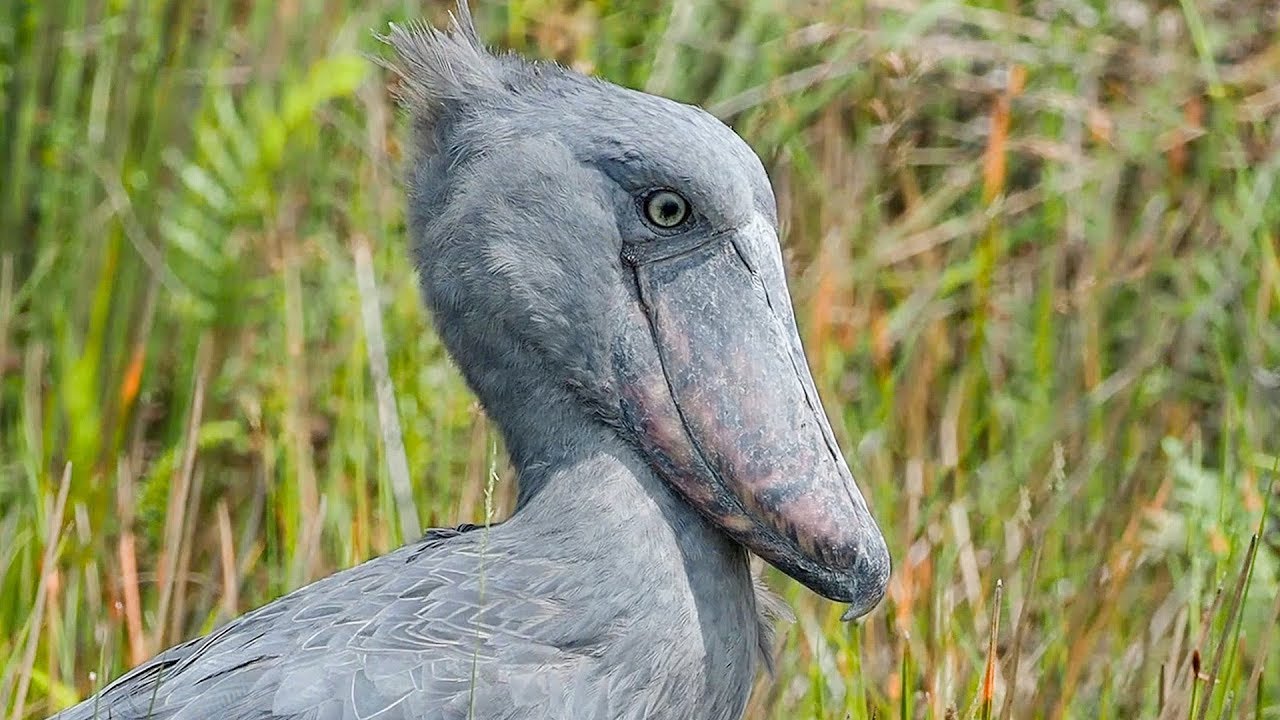

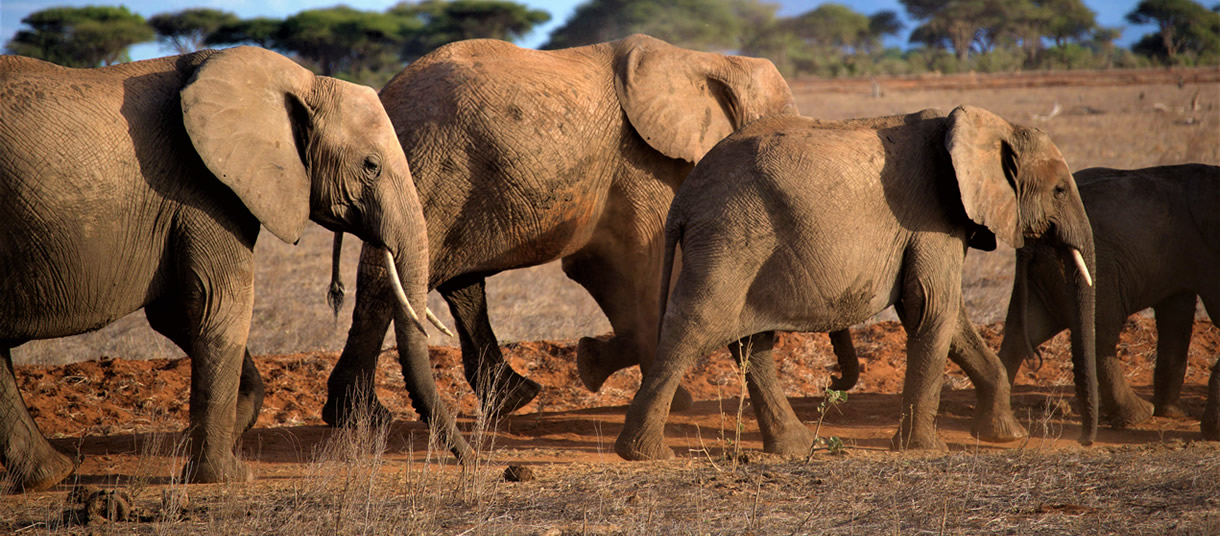

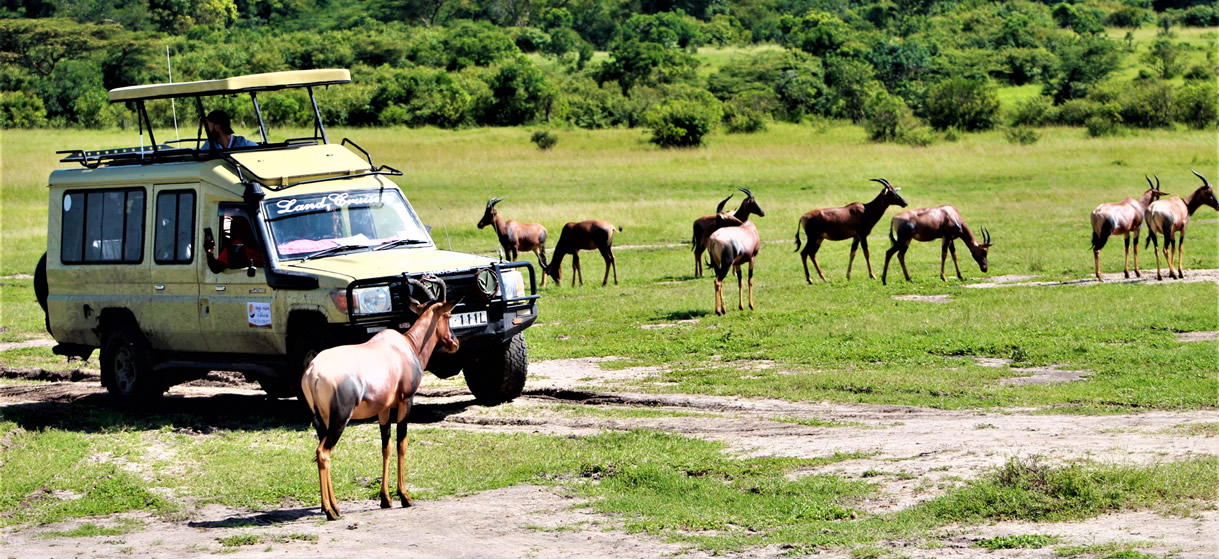
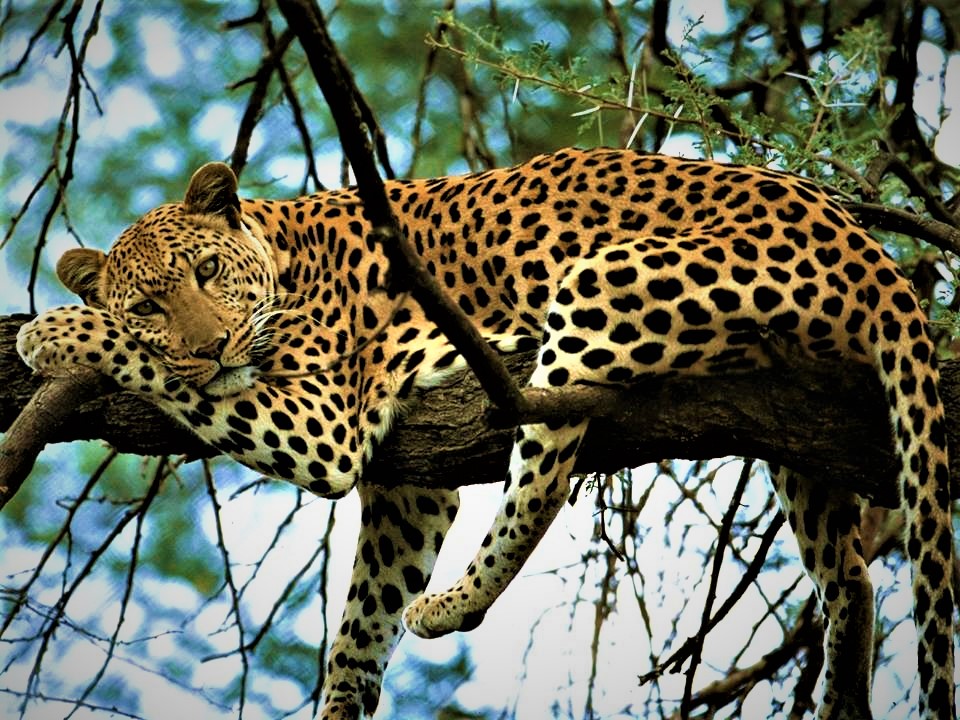


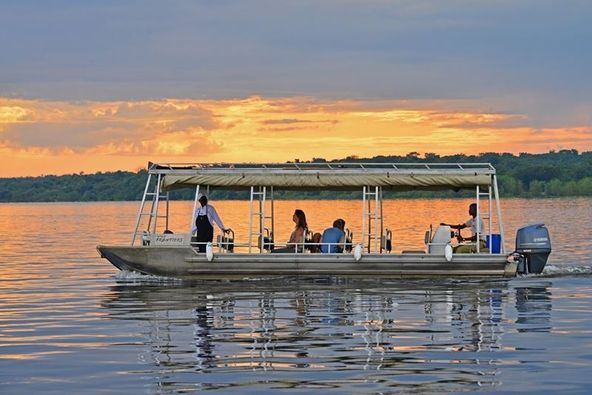
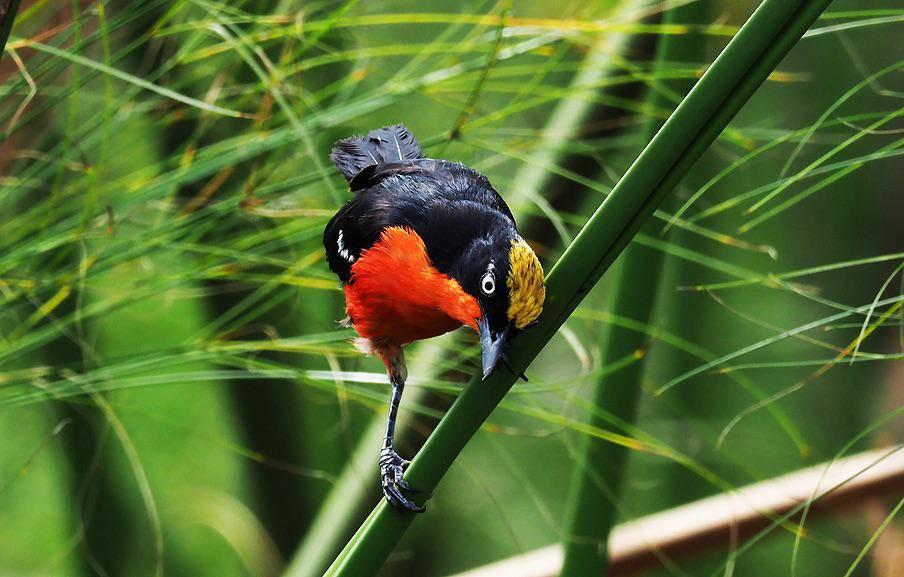
Recent Comments